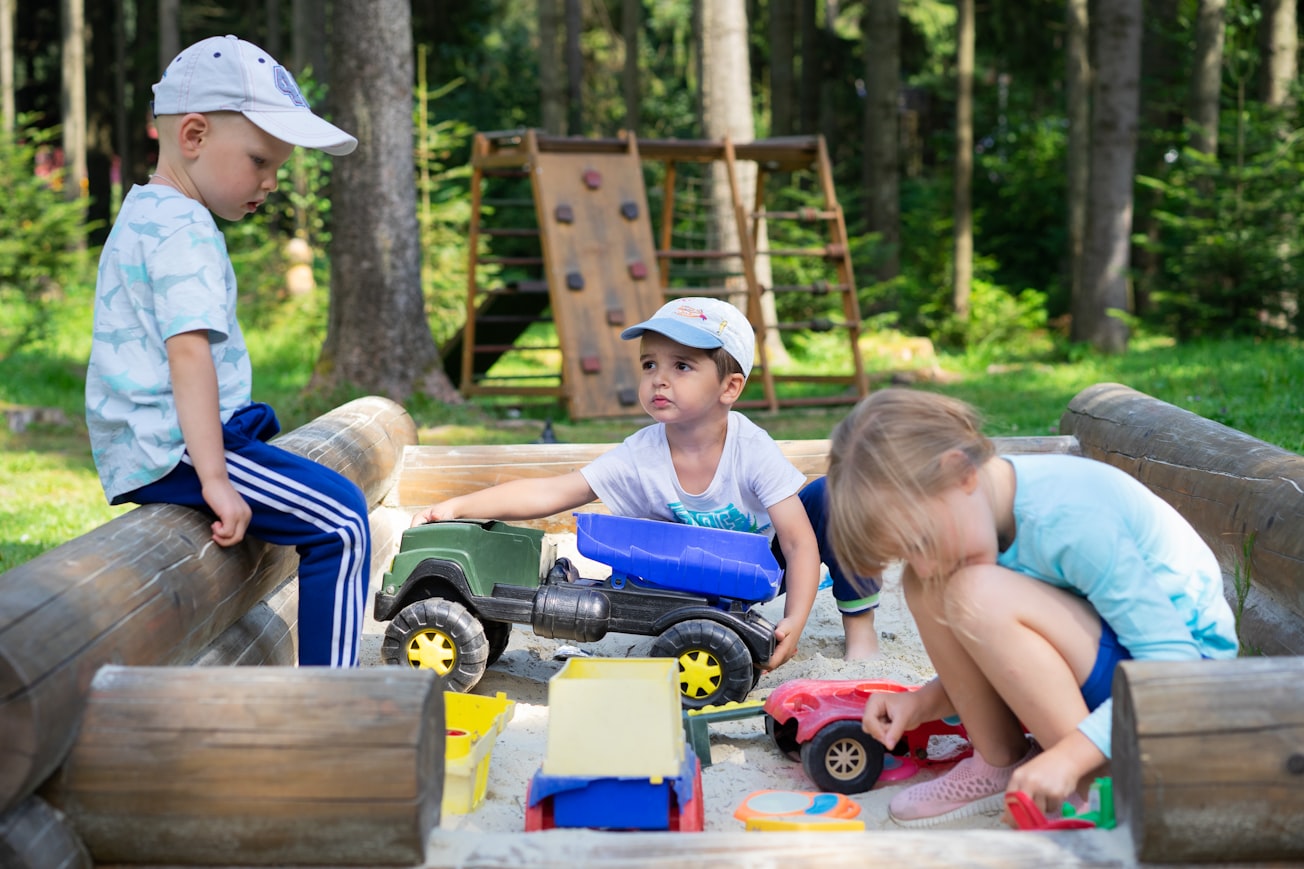What is it about?
We combined a modified Stay-Play-Talk (SPT) peer training with a Go Talk4+ as a SGD device to determine effects on child and peer communication for three children with autism (ages 4;5 to 4;7 years) and three peers without disabilities (ages 4;5 to 4;6 years). The intervention ran for 10 weeks and included two additional strategies: (1) Get buddy’s attention, and (2) Hold and wait. Outcomes revealed a functional relationship between the start of the intervention and higher rates of communication for all three children with autism, and increased or more consistent ability to remain socially engaged. Larger effects were noted for changes in communication rates for all three peers. A closer analysis showed more balanced communication exchanges (i.e., similar rates of initiations and responses) between one children with ASD and his peer, and improved reciprocity for all three children primarily during cause-effect toys and/or snack settings.
Featured Image

Photo by Alexandr Podvalny on Unsplash
Why is it important?
There is limited intervention research for preschool children with ASD and complex communication needs that includes peers without disabilities. Understanding how to best teach children to stay engaged and communicate during routine preschool social activities will provide opportunities for children to be more active participants in inclusive settings. Outcomes are important for early special education service providers working with young children with ASD and limited to no spoken communication.
Perspectives
Current AAC options such as using iPads as speech-generating devices are much more common now compared to when this project was completed and we used a Go Talk4+. We celebrated when we learned that this initial study led to federal funding for our subsequent work incorporating iPads as SGDs into a similar Stay-Play-Talk peer training program (Thiemann-Bourque et al., 2018).
Dr Kathy Bourque
University of Kansas
Read the Original
This page is a summary of: Training Peer Partners to Use a Speech-Generating Device With Classmates With Autism Spectrum Disorder: Exploring Communication Outcomes Across Preschool Contexts, Journal of Speech Language and Hearing Research, September 2017, American Speech-Language-Hearing Association (ASHA),
DOI: 10.1044/2017_jslhr-l-17-0049.
You can read the full text:
Contributors
The following have contributed to this page







